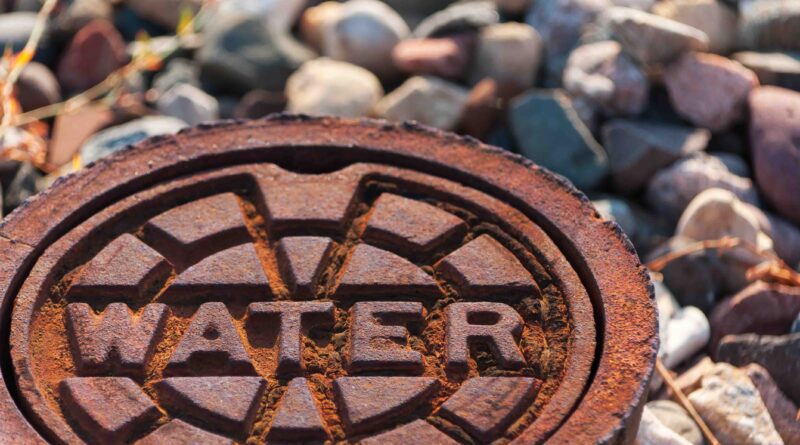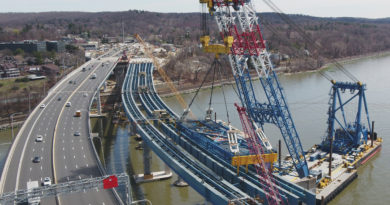Federal Investments in Safe Drinking Water Infrastructure Are Improving Public Health
As various water crises of environmental and infrastructure impacts sweep the nation, and the world, it’s become evident that something needs to be done. It was first truly seen nearly 10 years ago in Flint, Michigan. The City of Flint changed its water source from the Detroit River to the highly mineralized, more corrosive water of the Flint River. The water however, was improperly treated while running through aging water service lines into homes across the city, leaching lead from the pipes, and further contaminating the supply and which lead to dire health consequences for thousands of residents, an estimated 8,000 to 9,000 of whom were children.
According to The Center for American Progress, Flint residents were unfortunately not alone in experiencing contaminated water from lead pipes. Though complete data about the prevalence of lead service lines (LSLs) is difficult to obtain, especially due to incomplete historical records on where LSLs remain, estimates suggest that every single state in the country has at least 2,800 active lead lines3—roughly 9.2 million across the country—affecting nearly 22 million people in total, disproportionately people of color and those from low-income households. A report from the U.S. Environmental Protection Agency (EPA) estimated that in 2021, the bulk of the nation’s lead-contaminated infrastructure was concentrated in a few states across the Rust Belt and Great Lakes regions—such as Illinois, New York, Ohio, and Pennsylvania—as well as some states in the South, such as Florida and Texas.
The Biden administration, in negotiating consensus on the Infrastructure Investment and Jobs Act (IIJA)—also known as the bipartisan infrastructure law (BIL)—made the largest investment in clean drinking water in the nation’s history and established a key goal of retrofitting and updating drinking water infrastructure across the United States. The IIJA’s $50 billion safe drinking water package includes $15 billion in grants and loans to identify and replace LSLs and an additional $11.7 billion to finance any drinking water infrastructure priority, including LSL identification and replacement. The package also creates a Lead Service Replacement Accelerators program, a partnership between the EPA and the U.S. Department of Labor to provide water technical assistance across select states. Importantly, these federal investments fall under the Biden administration’s Justice40 Initiative, which aims to deliver at least 40 percent of benefits from climate and infrastructure initiatives to disadvantaged communities, including low-income communities and communities of color, to mitigate the historic health and environmental inequities that still plague millions of marginalized people.


